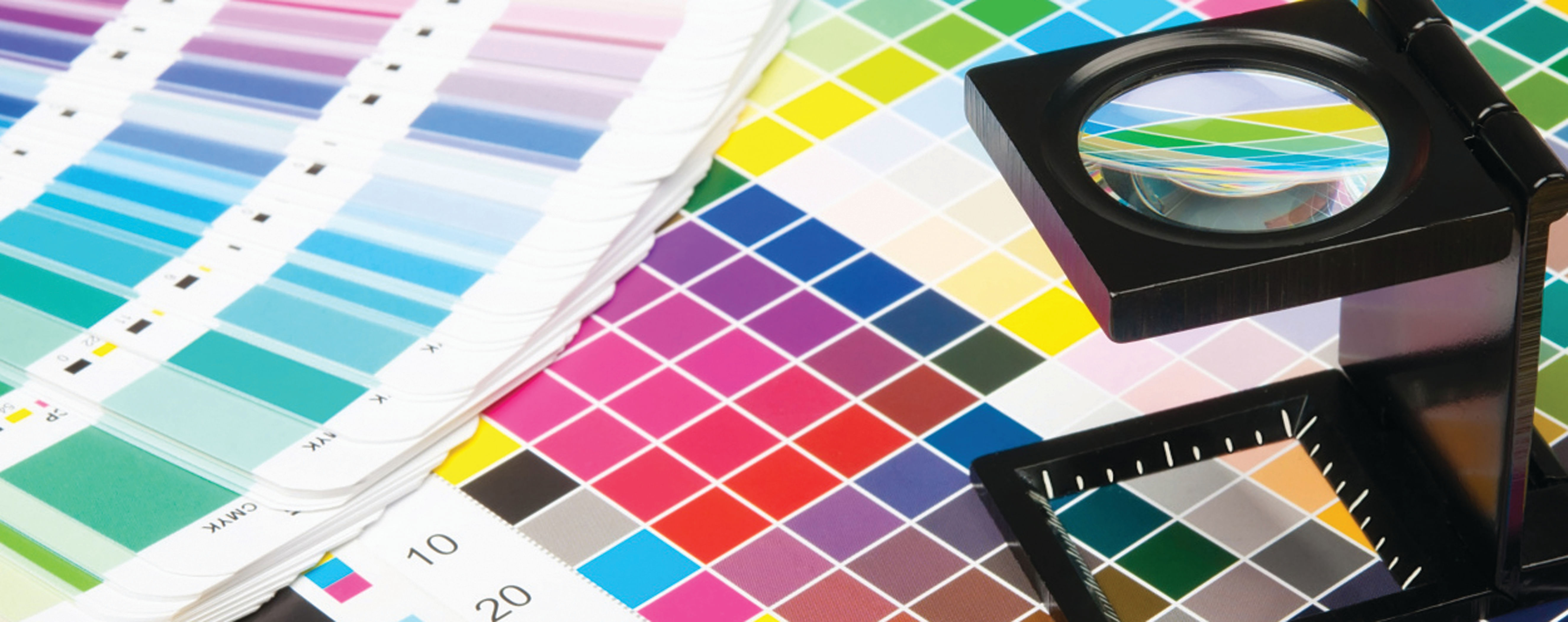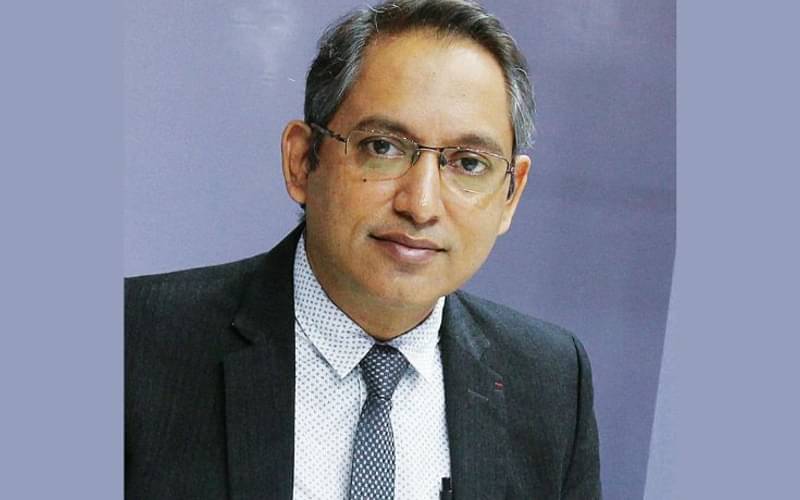Nilesh Pinto: The long view about flexible packaging in India
Nilesh Pinto of Bobst talks to Abhay Avadhani about what is suited for the gravure market in India – and what next for flexible packaging
05 Sep 2024 | By Abhay Avadhani
Abhay Avadhani (AA): How does flexo perform with BOPP, BOPET, polyethylene, cast polypropylene, polypropylene, polyamide, ethylene vinyl alcohol, polyvinyl chloride and polystyrene?
Nilesh Pinto (NP): The Indian flexible packaging market is a mix of various materials. In some segments, PE will dominate, in segments such as in milk, oil, and hygiene products. In contrast, BOPP is prominent in the biscuit and snack segments. For the majority of packaging such as flour and snack foods, BOPET is prevalent. These three materials constitute the major share of flexible packaging. PE serves as the sealant layer for most laminates, ranging from 20 micron to 150 micron, which contributes to its high consumption.
AA: What has your experience been with your users in India?
NP: India is evolving fast. Some changes are due to the converters drive to be more competitive through innovation, or brand owners driving directions towards sustainability and converging with their global objectives.
AA: What are some of Bobst’s developments?
NP: It is important to configure the press for inking, drying, and metallurgy to effectively manage a combination of solvent and water-based inks in one ECG (CMYK OGV), in gravure. At Drupa, we showcased OneECG, a press configuration platform. This makes it possible with seven colours in ECG, simply changing the cylinder and being ready to run, with no colour matching, no storage of multiple inks, no ink returns, and no washing after jobs. This technology helps in reduced changeover times, short runs, and production cost.
AA: How is the response?
NP: Our gravure press at the Competence Centre in San Giorgio received the first-ever Pantone validation for gravure printing. This confirms that true ECG colour consistency in gravure printing has finally been achieved. Bobst’s success and presence have been strong among converters seeking high-end printing that matches gravure technology in India. As speeds and resolutions increase, the press is required to deliver precise print quality and reproduce dots in the correct shape and size to achieve perfect results.
AA: What are other highlights and launches at Drupa?
NP: Bobst’s Alox and Alubond technologies provide increased barrier properties, bond strength and dyne level for better functionality of packaging and shelf-life. We also launched intelligent metallising at Drupa. This demonstration of running a metalliser from a remote place has benefits for customers with multiple machines in different locations. BOPE, BOPA, and MDOPE are some of the potential entrant films into sustainable packaging.
AA: Your experience with gravure so far? How do your presses in India ensure efficiency?
NP: India has always been a strong gravure market. Converters using Bobst's technology witness higher throughput; reduced wastage; power, energy, ink and solvent savings; uptime, reliability, precision in demanding jobs, and marketing leverage. Yes, our equipment is expensive, but converters get the payback returns in a year or two.
AA: What sort of conversations are you having with customers about lightweighting?
NP: Lightweighting refers to the practice of reducing the weight of packaging materials while maintaining their performance and functionality. This approach often involves down gauging, which is the process of using thinner materials without compromising strength or barrier properties. Our conversations with customers revolve around the increasing demand for films that not only meet stringent performance criteria but also utilise innovative chemistry and structures to achieve these reductions. As sustainability becomes a priority, lightweighting helps reduce material usage and waste, aligning with eco-friendly practices. Overall, the focus is on balancing lightweighting with the necessary durability and protection of packaged goods.

Bobst's recent launch of SmartGravure demonstrates how the entire gravure process can be digitalised
AA: How easy is it to create a process-oriented approach in gravure? A couple of tips that converters can follow ...
NP: Our recent launch of SmartGravure at Drupa has demonstrated how the entire gravure process can be digitalised, allowing for the simple exchange of cylinders to produce job after job. SmartGravure allows for offline setup with automatic selection of optimal process data for each new job therefore, freeing up press time and disengaging from operator skills level.
AA: How have your packaging partners in India responded to product cycles and shorter runs?
NP: We have observed interest in the narrow-web and CI flexo market segments for short run jobs. This interest stems from the advantages that the process offers in terms of efficient production, productivity, and cost optimisation. By leveraging the capabilities of these printing methods, converters can cater to the growing demand for shorter runs while maintaining high-quality standards and cost-effectiveness.
AA: We hear that run lengths have shrunk and brands want multi-product portfolios with quick changes. In what way?
NP: India is a market for long, medium, and short runs. There is an influx of new entrants whose requirements are primarily for small runs, while larger companies are launching new products or products with short life cycles, making the need for short runs important. Therefore, it is essential to have the right set-up, mentality, and processes in place to manage the diverse production needs effectively.
AA: What do your numbers in India for flexible packaging say? Which substrates dominate and why?
NP: In India, we still see growth in BOPET usage, which is contrary to the trend observed in the rest of the world. BOPET is an excellent product when it comes to converting and running on form, fill, seal (FFS) machines. However, there is a push towards mono-material laminates, namely PE-PE and BOPP-BOPP/CPP (filmic materials), due to the ease of segregation and recycling compared to laminates with multiple materials. Slowly and steadily, brand owners are conducting research to shift to mono-material laminates.
AA: Can you share an example?
NP: The salt industry has seen a shift from PET/PE to PE/PE, while snack foods have moved from PET/PE/metPET/PE to BOPP/PE/metBOPP/PE. MDOPE is being offered for sustainable PE-PE solutions, and some converters are already prepared with this. BOPE will be available in the Indian market in the coming years to add to the sustainable laminate options.
AA: Have you spotted any innovations in gravure applications in India that inspired you?
NP: Alox film will be the next material sourced after traditional films. Due to pressure on margins for laminates, converters are moving away from costly alox options. However, as more film manufacturers adopt the necessary technology and coating processes, the product will benefit from better economies of scale. The sustainability factor will drive demand for high and ultra-high barrier applications.
AA: What is the sustainability quotient for gravure?
NP: Bobst gravure technology is equipped to run all the latest generation inks, including water-based inks. The inking system, drying technology, and metallurgy play crucial roles in this process. The ability to efficiently handle these inks not only enhances print quality but also aligns with the industry's growing focus on sustainability and reducing VOC emissions.
AA: Lastly, one prediction for 2024?
NP: We see a lot of maturity in the market, and as a result, small and medium converters are investing in technology to remain competitive and prepare for the global market (exports). Converters have realised the importance of saving costs in the production process, which contributes to their bottom line. While the price of high-end equipment is a one-time expense, the benefits last for the lifetime of the equipment.


